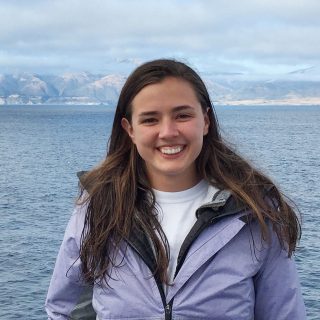The eDNA team’s role on the Voyage to the White Shark Café expedition is not to look for any organisms themselves, but instead to use what the organisms may have left behind to infer their presence. We collect three liter samples of seawater from different depths in the water column using the CTD rosette – a fancy instrument with collection bottles the crew can lower to depths as great as 1000m. Although the water looks crystal clear, once it is filtered we can examine the teeny tiny particles floating around in the ambient seawater. Then we use molecular biology to pull out the vertebrate DNA which has been shed from sharks and fishes swimming in the ocean. This process requires a lot of manipulation of the sample, going from a soda bottle amount of water, to twenty-plus gigabytes of data telling us the genetic signature of the ecosystem we are sailing over.
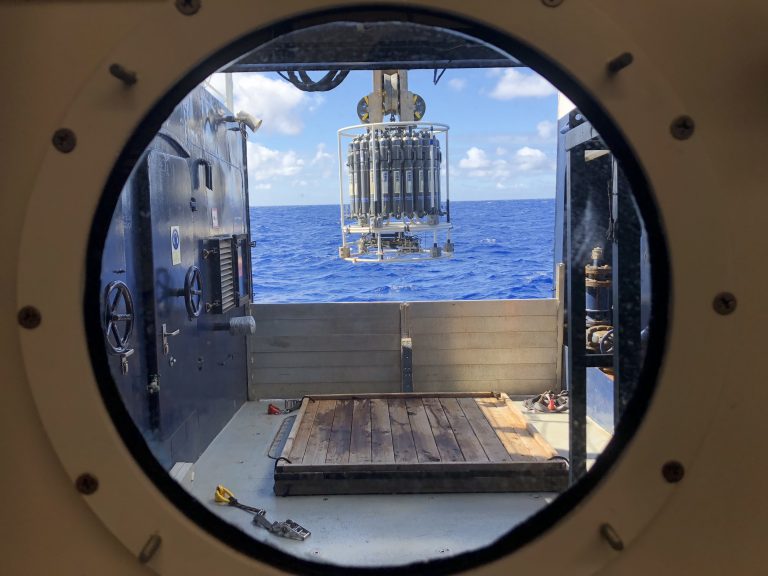
Non-Intrusive Technique
Recent advances in DNA sequencing have led to the development of powerful new tools to detect the presence of sharks and bony fishes by sequencing DNA from seawater samples. We call this eDNA. The “e” in eDNA just means that we are sampling from the environment (i.e., water, soil, or air) rather than an organism itself. In seawater, eDNA may originate from a variety of sources, such as damaged tissue, shed scales, sloughed cells, blood, mucous, or metabolic waste from fish or sharks. All molecular methods for identification of species using eDNA from seawater rely on five key steps:
- Filtering seawater onto a fine membrane to collect biological material
- Extracting eDNA from that material
- Amplifying eDNA by the Polymerase Chain Reaction (PCR)
- Sequencing the amplified DNA
- Using computers to match eDNA sequence data to the correct species by accessing large DNA sequence databases
These five steps help us to pull out the microscopic traces of fishes and sharks. This method of detecting organisms without actually having to find them means that researchers may be able to get more information about which animals were present than estimates from net tows or video footage. Accordingly, recent eDNA studies have revealed hidden diversity that was not detected by dive surveys or baited remote underwater video. These molecular techniques will be extremely beneficial to pair with all of the other teams in identifying species distribution in the White Shark Café, and the merging of multiple detection methods is a huge part of what makes this voyage so special.
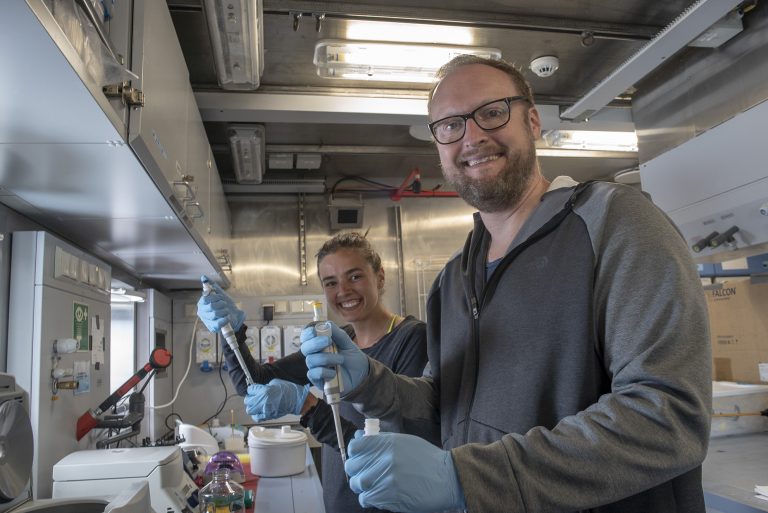
Sequencing Onboard!
When we collect seawater samples, lots of tiny microscopic cells and particles are suspended in the water that we cannot see with our naked eye. We start by filtering out water on a 0.2 µm filter to capture as many of these extremely tiny particles as we can. After filtering three liters of sea water onto a tiny filter, we use enzymes and physical shearing to then remove all of the biological material captured on the filter. We may be capturing cells shed from a fish, or other particles (such as marine snow) to which eDNA has become attached. At this point, we have eDNA from everything in the ocean – plants, bacteria, fish, sharks, etc.
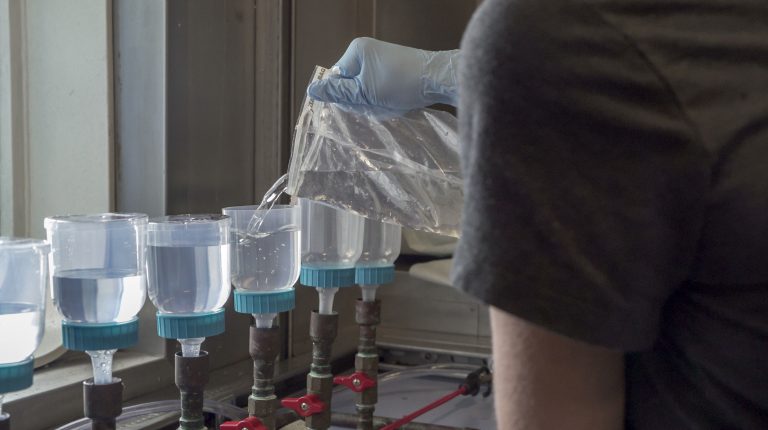
In order to pull out the DNA that came only from fishes and sharks, we can take advantage of the fact that all vertebrates share certain DNA sequences, which are not found in other living organisms. Using what are called “primers” specific to these DNA sequences, we can make millions of copies of only those pieces of DNA that came from vertebrate cells in our samples, using a technique called the “Polymerase Chain Reaction” or PCR.
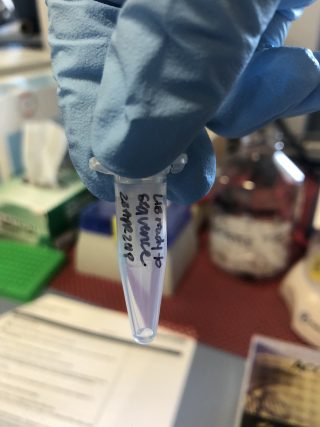
After this PCR process, we are ready to sequence the eDNA. This is really the absolutely groundbreaking part of the voyage because we are sequencing our products on board – often the same day we isolate them! For this we are using the Oxford Nanopore MinIon, which is a sequencer a little bit larger than the size of a USB drive. It has the power to read each base pair of our eDNA and tell us the strings of letters that we use to identify organisms. After the MinIon reads the eDNA for us, we compare the strings of letters to databases to match up the sequences and identify what organisms left behind eDNA in the sample. Yet the process is far from over. After the identification of species, we still need to interpret what the findings really mean. This aspect will be the focus of the second part of this blog, published tomorrow.
